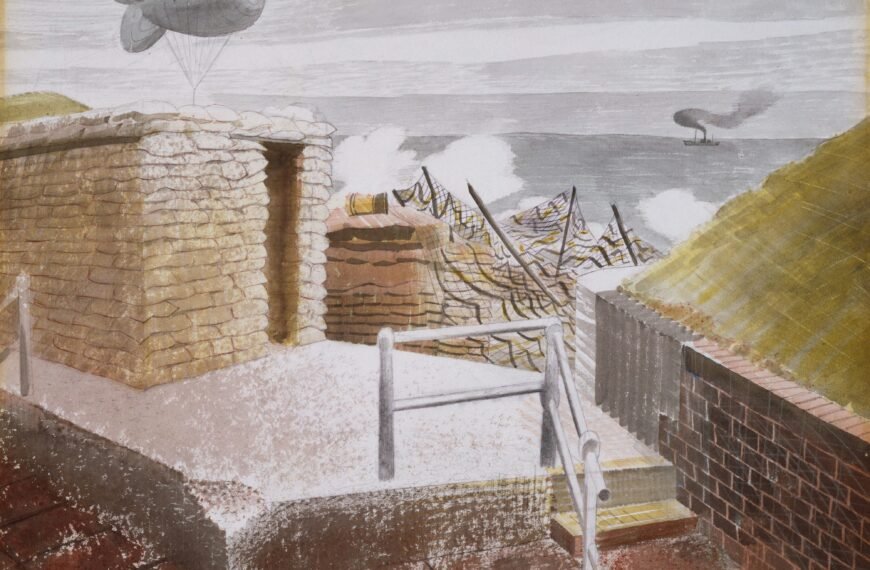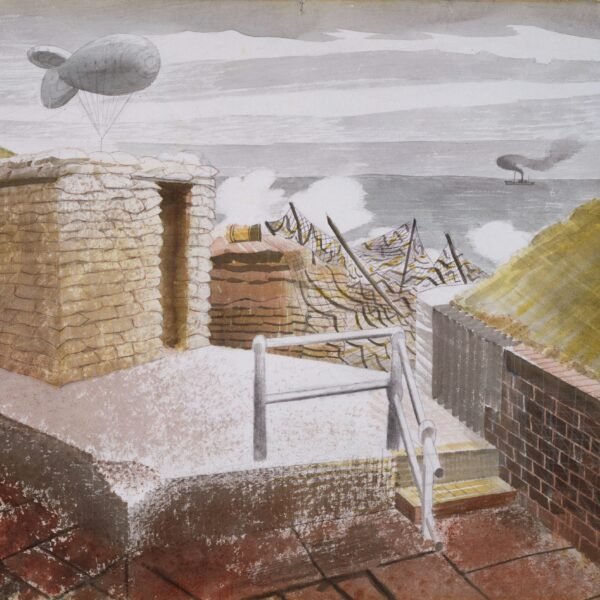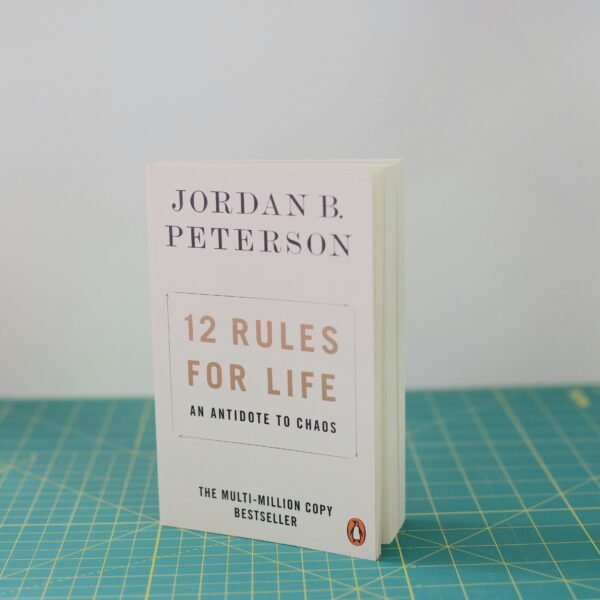The Whitney Biennial, known for its thought-provoking art installations, has once again captured attention with a hidden message that recently came to light. In an artwork by artist and activist Demian DinéYazhi’, the flickering lights of a neon installation spell out the phrase “Free Palestine.” Museum officials and curators were caught off-guard by the revelation, stating that they were unaware of the message. The artwork, inspired by Indigenous resistance movements, raises questions about settler colonialism and has sparked discussions about the role of museums in addressing timely matters. Despite the controversy, the Whitney Museum has decided to keep the artwork on display, committed to providing a space for artist conversations.

Background of Whitney Biennial
History of the Whitney Biennial
The Whitney Biennial is a highly anticipated art exhibition held every two years at the Whitney Museum of American Art in New York City. It was established in 1932 under the name Annual Exhibition of Contemporary American Painting. The exhibition showcases the work of contemporary American artists and has become known for its inclusion of controversial and provocative artwork. The Biennial has a long history of reflecting the heated discourse of the art world and pushing boundaries.
Controversial artwork in previous Biennials
Throughout its history, the Whitney Biennial has attracted attention for its inclusion of controversial artwork. Previous Biennials have featured artwork that sparked debates and discussions about various social and political issues. This has made the Biennial a platform for artists to express their viewpoints and challenge societal norms. The controversial nature of the artwork in the Biennial has often led to a wider conversation about the role of art in society.
Purpose of the Biennial in reflecting art world discourse
The Whitney Biennial serves as a platform for artists to engage in the art world discourse and reflect the current social and political climate. The exhibition aims to showcase diverse voices and perspectives, providing a space for artists to explore and express their ideas. By including provocative and controversial artwork, the Biennial encourages dialogue and encourages viewers to engage with contemporary issues. It is a space where artists can push boundaries and challenge conventional notions of art.
Introduction to the Artwork
Title and creator of the artwork
The artwork in question is titled “we must stop imagining apocalypse/genocide + we must imagine liberation” and was created by Indigenous artist and activist Demian DinéYazhi’. This neon installation caught the attention of museum officials and viewers due to the presence of a hidden message that slowly revealed itself through blinking lights.
Description of the neon installation
The neon installation consists of flickering lights, drawing viewers’ attention to certain words. The artwork is visually striking, with its bright and mesmerizing lights capturing the viewer’s gaze. The neon lights create an atmosphere of contemplation and reflection as viewers engage with the artwork and try to decipher its meaning.
Inspiration behind the artwork
According to DinéYazhi’, the artwork was inspired by Indigenous resistance movements and the activism of Klee Benally, a Diné activist who passed away in December. It explores themes of opposition to forms of settler colonialism and reflects the artist’s commitment to highlighting the struggles and resilience of Indigenous communities. The artwork serves as a visual representation of this resistance and invites viewers to reflect on their own positions within colonial systems.
Message spelled out by the blinking lights
While initially unnoticed by museum officials and viewers, the blinking lights in the neon installation slowly reveal the message “Free Palestine.” This unexpected revelation adds another layer of meaning to the artwork and raises questions about the relationship between Indigenous resistance and the Palestinian struggle for liberation. The message challenges viewers to consider the interconnectedness of different liberation movements and prompts a deeper exploration of the artworks’ intentions.

Unawareness of Museum Officials
Curators’ lack of knowledge about the message
Museum officials and curators were taken by surprise when they discovered the hidden message within the neon installation. They initially had no knowledge of the message and had not intentionally included it as part of the artwork. This lack of awareness highlights the complexity of organizing large-scale exhibitions like the Whitney Biennial, where numerous artworks are displayed, and curators cannot always catch every detail.
Viewers’ initial inability to notice the message
Most viewers also missed the hidden message upon first encountering the artwork. The attention was initially focused on the flickering lights and the words they highlighted, such as “genocide” and “liberation.” It was only upon closer inspection or when the revelation was brought to their attention that viewers realized the presence of the message “Free Palestine.” This initial failure to notice the message speaks to the effectiveness of the artwork in its ability to subtly convey a powerful message.
Arrival and installation of the artwork
The artwork arrived shortly before the installation of the Biennial exhibition, and its flickering lights were observed by curators. However, they did not immediately associate the blinking lights with the message “Free Palestine.” They assumed that the flickering lights were meant to draw attention to specific words within the artwork’s title. The discovery of the hidden message came as a surprise after the artwork had been installed, highlighting the lack of knowledge about the additional message.
Misinterpretation of the flickering lights
Initially, both the museum officials and viewers misinterpreted the flickering lights, associating them with drawing attention to specific words related to the artwork’s theme. The true meaning of the lights went unnoticed until the revelation of the hidden message. This misinterpretation further emphasizes the subtle integration of the message within the artwork and the artist’s intent to spark dialogue and contemplation.
Revelation of ‘Free Palestine’ Message
Response from the museum when asked about the title
When asked about the title of the artwork and whether it referred to the Israel-Hamas conflict, museum officials initially stated that the piece had been conceived before the current conflict and was a reflection on Indigenous resistance movements. It was later revealed that they had not been aware of the message and that it was added during the fabrication process in the fall. The museum’s response to the inquiry showed their initial lack of knowledge about the hidden message.
Explanation of the artwork’s focus on Indigenous resistance
The artwork, as explained by DinéYazhi’, focuses on Indigenous resistance and opposition to forms of settler colonialism. It draws inspiration from the activism of Klee Benally and aims to shed light on the struggles faced by Indigenous communities. The artwork’s underlying message aligns with the artist’s broader intention to raise awareness and initiate discussions around issues of colonialism and liberation.
Discovery of the added message during fabrication
During the fabrication process, the message “Free Palestine” was added to the artwork’s neon installation. This revelation came as a surprise to museum officials, as they were not aware of the message’s inclusion. The discovery of the added message added an unexpected layer of significance to the artwork and prompted further exploration of its meaning and intention.
Impact of the message on the decision to display the artwork
The revelation of the message “Free Palestine” did not affect the museum’s decision to display the artwork. Museum officials confirmed their commitment to showcasing artwork that addresses timely matters and facilitates conversations. The inclusion of this controversial message aligns with the Biennial’s history of showcasing provocative work and fostering dialogue on pressing social and political topics.

Reaction from Art Critics
Inclusion of the message noted by a writer from Artnet News
The presence of the “Free Palestine” message within the artwork was noted by Annie Armstrong, a writer for the publication Artnet News. In her article about the exhibition, she highlighted the significance of the hidden message. Armstrong’s observation drew attention to the artwork’s intention and sparked discussions about the Biennial’s role in reflecting and engaging with contemporary issues through art.
Confirmation from the museum regarding the message
The museum confirmed the presence of the “Free Palestine” message in response to the writer’s inquiry. They acknowledged that they had been unaware of the message and its inclusion within the artwork. Despite this lack of knowledge, they emphasized their commitment to displaying artwork that addresses timely matters and encourages conversations around important issues.
Commitment of the Whitney to address timely matters
The inclusion of the controversial message within the artwork reflects the Whitney’s commitment to addressing contemporary issues and facilitating conversations within the art world. The Biennial has a long history of showcasing artwork that reflects the heated discourse of the art world, and the presence of the message “Free Palestine” further solidifies the exhibition’s dedication to engaging with pressing social and political topics.
Decision to keep the artwork unchanged
Despite the unexpected revelation of the hidden message, the museum decided to keep the artwork unchanged. They recognized the intention behind the artwork and acknowledged its significance within the broader conversation surrounding Indigenous resistance and liberation. The decision to keep the artwork displayed as initially intended highlights the museum’s commitment to supporting artists’ creative expression and allowing for multiple interpretations.
Challenges Faced by Museums in Addressing the Israel-Hamas War
Scrutiny of museum statements on the conflict
Museums around the country have faced scrutiny over their statements and actions regarding the Israel-Hamas war. The conflict has sparked intense debates and discussions within the art world, with artists, employees, trustees, and the public scrutinizing museums’ responses. Museums are forced to navigate this complex and sensitive issue while considering their role in supporting diverse voices and perspectives.
Resignations, boycotts, and firings within the culture industry
The culture industry has witnessed resignations, boycotts, and firings as a result of addressing the Israel-Hamas war. The controversy surrounding this particular conflict has caused tension and division within the art community, leading to various responses from artists, curators, and museum staff. These challenges highlight the difficulties faced by museums in balancing the diverse viewpoints and interests of their stakeholders.
Importance of artists’ conversations in the museum space
The inclusion of controversial artwork, such as the neon installation with the “Free Palestine” message, highlights the importance of artists’ conversations within the museum space. Artists play a crucial role in shaping contemporary discourse and addressing timely matters through their work. Museums provide a platform for these conversations to take place, allowing for engagement and dialogue between artists, viewers, and the wider art community.
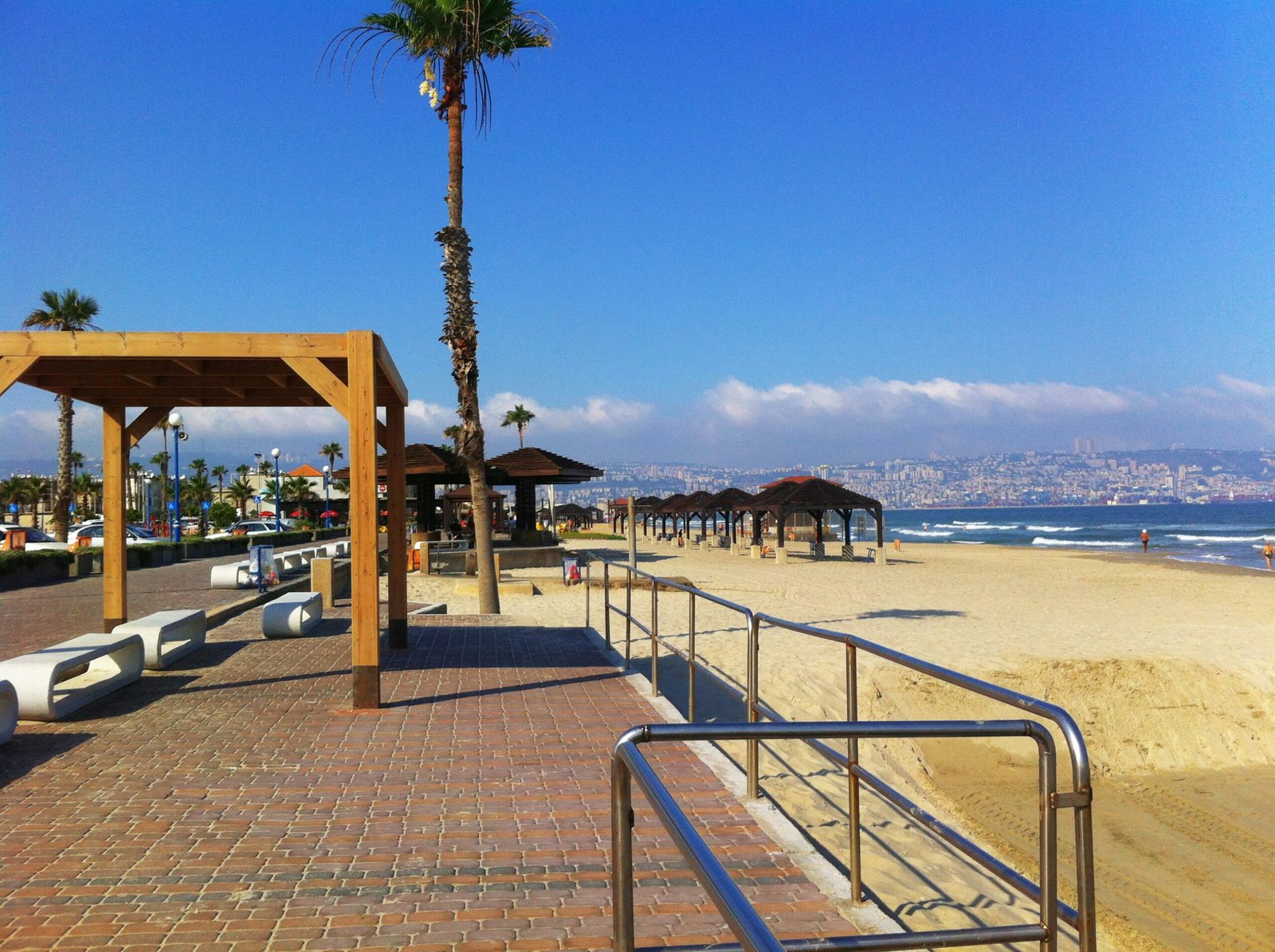
Deeper Meaning of the Artwork
Alignment of the flickering message with the artwork’s intention
The presence of the hidden message “Free Palestine” aligns with the deeper meaning and intention of the artwork. It serves as a reflection of Indigenous resistance movements and opposition to settler colonialism. The unexpected revelation of the message prompts viewers to reconsider their perspectives and engages them in a more profound exploration of the artwork’s themes.
Response to being situated within settler colonial institutions
The artwork’s focus on Indigenous resistance and opposition to settler colonialism is heightened by its display within the context of a settler colonial institution like the Whitney Museum. The inclusion of the message “Free Palestine” further emphasizes the artist’s response to this situation and the importance of addressing the interconnected struggles faced by different marginalized communities.
Exploration of Indigenous resistance
The artwork serves as a visual exploration of Indigenous resistance movements and the ongoing struggles faced by Indigenous communities. Through its medium and hidden message, the artwork conveys a sense of resilience and determination. It prompts viewers to reflect on the historical and contemporary issues faced by Indigenous peoples and encourages them to engage with Indigenous narratives of resistance.
Link to the activism of Klee Benally
The artwork is inspired by the activism of Klee Benally, a Diné activist who passed away in December. Benally’s commitment to Indigenous rights and resistance serves as a catalyst for the artwork’s exploration of Indigenous resistance movements. The artwork pays homage to Benally’s work and highlights the ongoing struggles faced by Indigenous communities.
Conclusion
Artist’s perspective and intention behind the artwork
Demian DinéYazhi’ created the artwork “we must stop imagining apocalypse/genocide + we must imagine liberation” to explore themes of Indigenous resistance and opposition to settler colonialism. The artwork’s intention is to shed light on the struggles faced by Indigenous communities and prompt viewers to engage with these issues on a deeper level. The inclusion of the hidden message “Free Palestine” adds a layer of complexity and invites viewers to consider the interconnectedness of different liberation movements.
Consideration of the artwork as a response to settler colonialism
The presence of the artwork within a settler colonial institution like the Whitney Museum further emphasizes its response to settler colonialism. The artwork challenges viewers to reflect on their positions within these systems and encourages them to engage with Indigenous perspectives on resistance and liberation. The artwork’s message serves as a reminder of the ongoing struggles faced by marginalized communities and the need for continued advocacy and support.
Continued presence of controversial artwork in the Whitney Biennial
The inclusion of the artwork with the hidden message “Free Palestine” in the Whitney Biennial highlights the exhibition’s commitment to showcasing provocative and challenging work. The Biennial has a history of reflecting the heated discourse of the art world and providing a platform for artists to address timely matters. The presence of controversial artwork encourages dialogue and prompts viewers to engage with important social and political issues, ensuring that the Biennial remains a space for artists’ conversations.
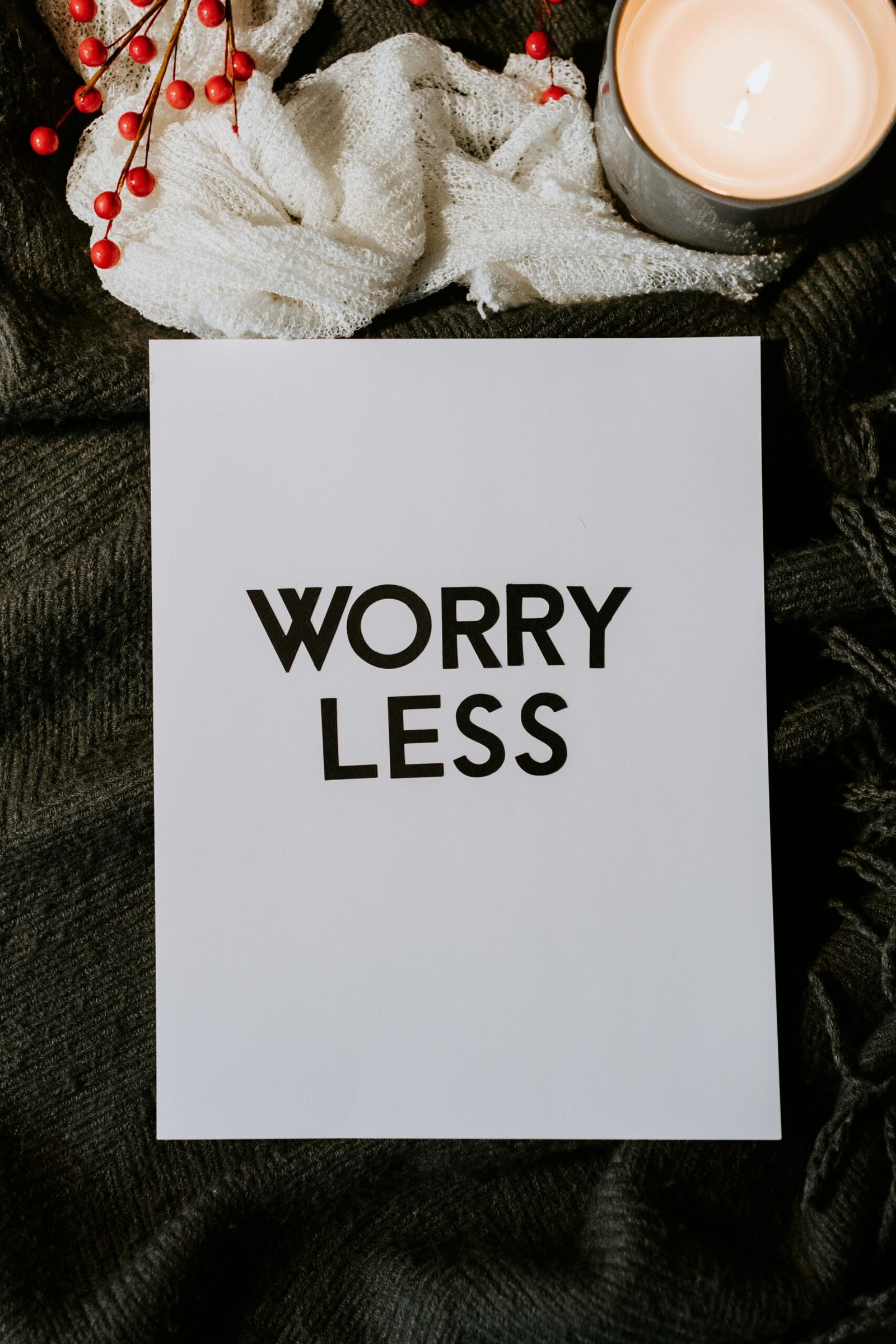
About the Author
Introduction of Zachary Small as a Times reporter
Zachary Small is a Times reporter who specializes in reporting on the art world’s relationship to money, politics, and technology. With a keen interest in the intersections between art, society, and culture, Small provides insightful analysis and coverage of the contemporary art scene. As a trusted source of information, Small offers readers a comprehensive understanding of the various factors shaping the art world today.
Area of focus in reporting on the art world
Small’s reporting primarily focuses on the impact of money, politics, and technology on the art world. By examining the intricate relationships and dynamics between these elements, Small sheds light on how they shape and influence contemporary art practices, exhibitions, and discourse. Through his reporting, Small aims to provide readers with a deeper understanding of the complex forces at play within the art world.
Interest in the relationship between art, money, politics, and technology
Small’s interest lies in exploring the multifaceted relationship between art, money, politics, and technology. He recognizes the significant role these factors play in shaping the art world and seeks to analyze their impact on artistic production, consumption, and dissemination. By unpacking the intersections between these elements, Small offers readers a nuanced understanding of the complex dynamics within the art world.


